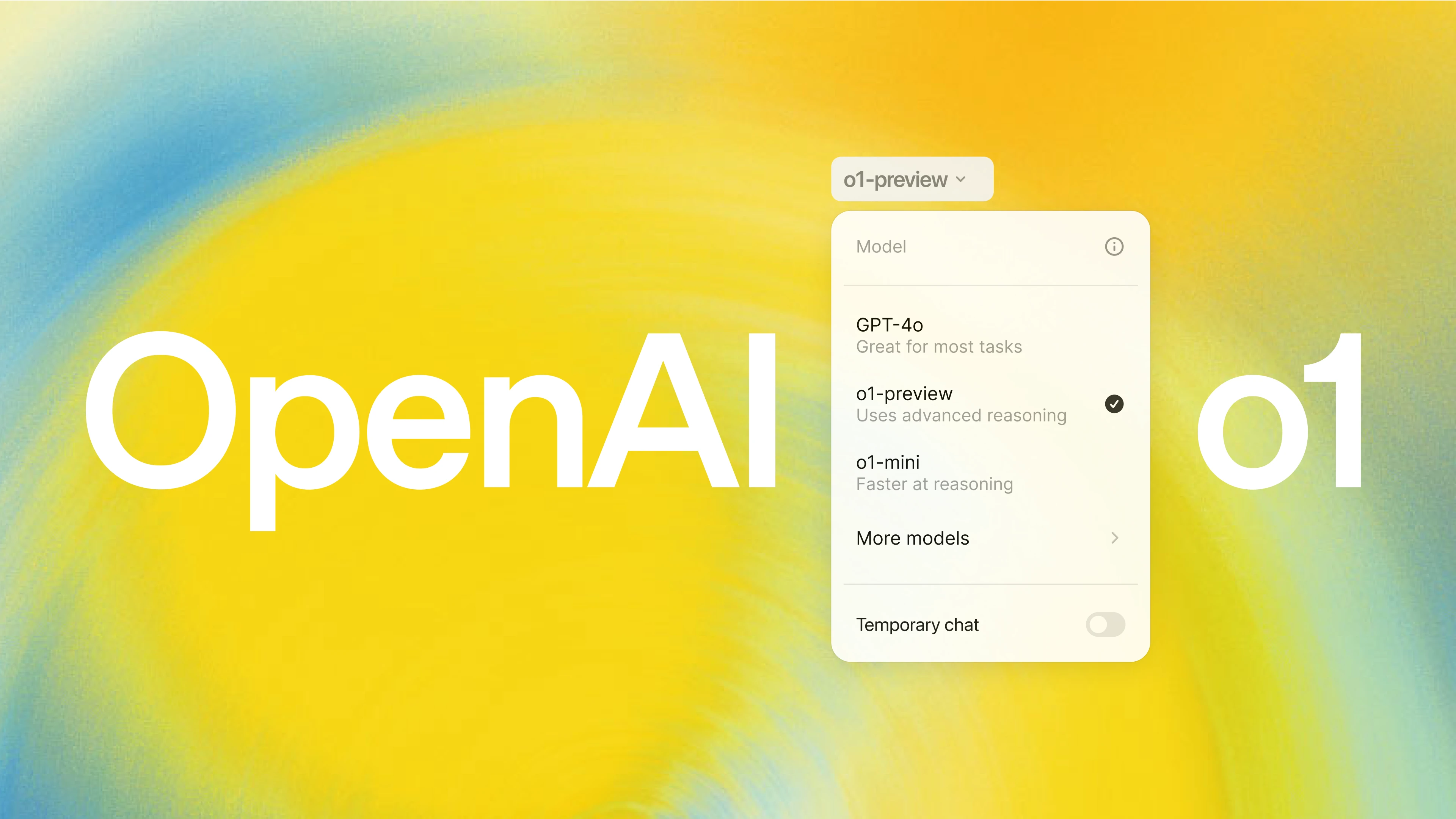
OpenAI’s latest AI model, o1, represents a significant leap forward in the field of artificial intelligence, particularly in the realm of coding. This advanced language model has demonstrated exceptional capabilities in various coding benchmarks, surpassing previous AI models and raising the bar for what we can expect from AI-powered development tools.
Understanding o1’s Advancements
o1’s superior performance can be attributed to several key factors:
- Enhanced Reasoning: The model excels at complex reasoning tasks, enabling it to understand and solve problems that were previously beyond the capabilities of AI.
- Improved Problem-Solving: o1 can effectively break down complex problems into smaller, more manageable steps, demonstrating a higher level of problem-solving ability.
- Enhanced Code Generation: The model generates code that is not only accurate but also human-readable and maintainable, making it a valuable asset for developers.
The Potential Impact of o1
The implications of o1’s advancements are far-reaching. Here are some potential impacts:
- Increased Developer Productivity: By automating routine coding tasks and providing intelligent suggestions, o1 can significantly boost developer productivity and efficiency.
- Improved Code Quality: The model’s ability to generate high-quality code can lead to fewer errors and more reliable software applications.
- Lowered Development Costs: By automating certain aspects of coding, o1 can help reduce development costs and time-to-market.
- Democratization of Coding: o1’s accessibility can empower individuals with limited coding experience to create more complex applications, potentially democratizing software development.
Addressing Concerns and Challenges
While o1 represents a significant breakthrough, it’s important to acknowledge that AI is not without its limitations. Some concerns and challenges include:
- Bias: Like any AI model, o1 is influenced by the data it is trained on. Addressing biases in AI training data is crucial to ensure fair and equitable outcomes.
- Ethical Considerations: The development and deployment of advanced AI models raise ethical questions regarding job displacement, privacy, and accountability.
- Computational Resources: Training and running large-scale AI models like o1 requires significant computational resources, which can be a barrier to entry for smaller organizations.
The Future of AI Coding
OpenAI’s o1 model marks a significant milestone in the evolution of AI-powered coding. As AI technology continues to advance, we can expect to see even more impressive capabilities and applications in the future. However, it is essential to approach these advancements with a balanced perspective, considering both the potential benefits and challenges.
Conclusion
OpenAI’s o1 model represents a remarkable breakthrough in AI coding. Its ability to reason, solve problems, and generate high-quality code has the potential to revolutionize software development. While challenges remain, the future of AI-powered coding looks promising. As AI technology continues to evolve, we can anticipate even more exciting developments in this field.











